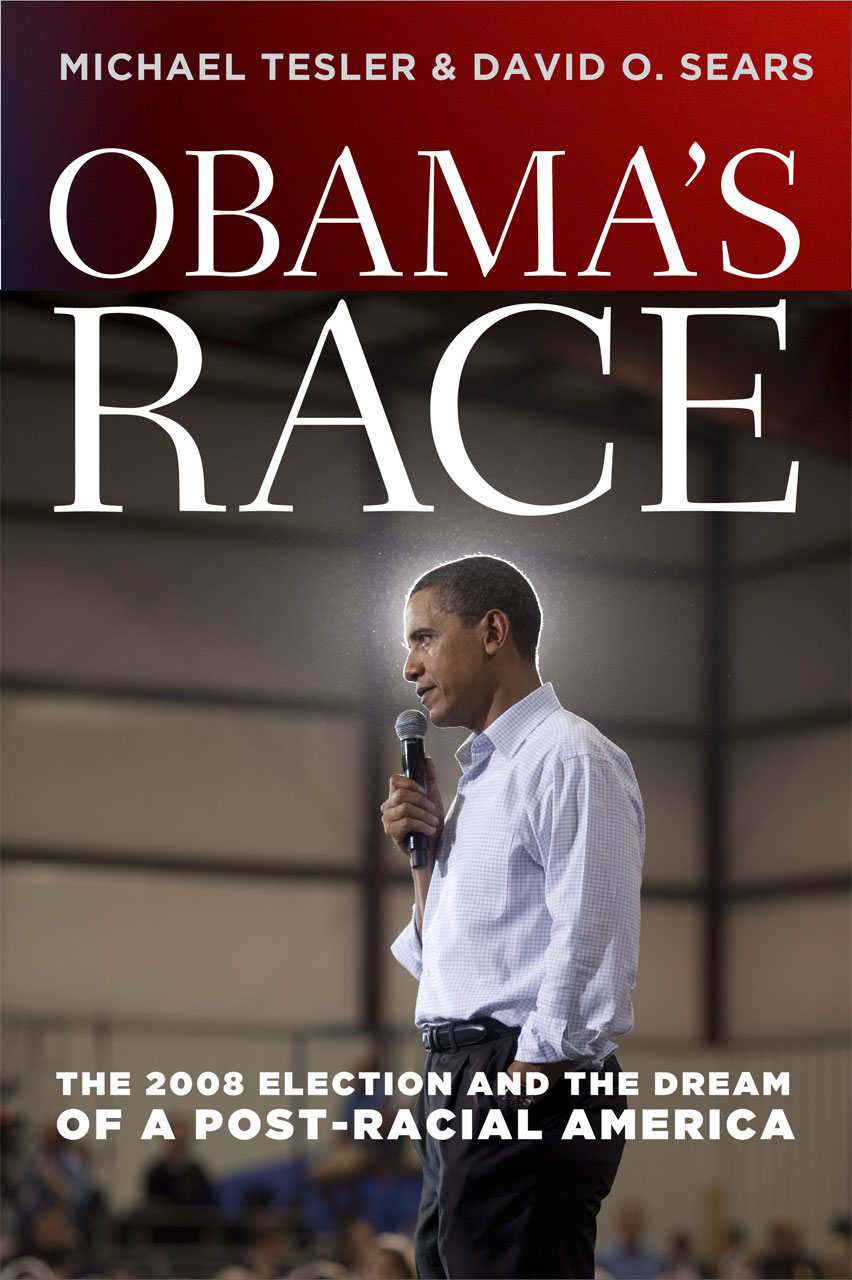The Wright Institute
May 2011
182 pages
Publication Number: AAT 3459694
ISBN: 9781124715537
Frandelia Sharmila Moore
A dissertation submitted to the Wright Institute School of Psychology, in partial fulfillment of the requirements for the degree Doctor of Psychology
Research regarding the experiences of multiracial late adolescents/young adults with three or more racial backgrounds has a rare presence in psychological literature. The present study was the first overall exploration of the experiences of this population. A qualitative approach, specifically Interpretative Phenomenological Analysis (IPA), was used to investigate the experiences of multiracial late adolescents/young adults. In-depth interviews were conducted with 10 participants between the ages of 19 and 25 to examine their experiences in different areas of their lives such as general experiences as a multiracial person, personal identification and identification by others. It also explored the influence of racial identity development, the experience of being multiracial in relation to attitudes/practices, the likes and challenges of being multiracial and advice from the multiracial perspective. IPA was used to extract 20 major themes which were placed in 3 domains: the effects of oppression on the community, the intersection of systemic perceptions of multiracial late adolescents/young adults, and experiences of multiracial identity. The domains and themes are discussed in connection with the current literature as well as clinical implications and future research for this population.
The outcome of this study emphasizes the effects of oppression on the community, family and the multiracial individual. Participants report how the long lasting effects of colonization and slavery have left them in position where they are judged because of their phenotype, their mixed racial background, and their behavior if different from the stereotype of a specific monoracial group. They are often classified as monoracial by others due to phenotype or because others must place them into a category regardless of their mixed heritage. However, the majority of participants claimed a private and public multiracial identity. Overall, multiracial identity has allowed participants to be more open and tolerant of others’ realities and it has influenced their course of education and/or future career goals in a positive way. Finally, participants advise parents of multiracial children to educate and expose their children to all of the races/cultures in their background in order to help them develop a healthy identity. Clinical implications and suggestions for future research are discussed.
Table of Contents
- ABSTRACT
- TABLE OF CONTENTS
- CHAPTER ONE
- Introduction
- CHAPTER TWO
- Literature Review
- Definition of key terms
- A historical context of Blacks in the United States
- The slave trade
- Race relations during the Colonial era
- The American Revolution
- The fight for freedom
- The Civil Rights era
- A historical context of people of color in the United States
- A historical context of mixed people in the United States
- The multiracial Civil Rights Movement: Where we are now
- Racial Identity Development
- Ethnic identity development
- Monoracial identity development
- Biracial identity development
- Multiracial identity development
- Research on mixed race people
- Adolescent Identity Development
- Mixed race adolescents
- Present study
- CHAPTER THREE
- Methodology
- Participants
- Procedure
- Instrument
- Data Analysis
- Methodology
- CHAPTER FOUR
- Results
- The Participants
- Themes
- Data Analysis
- Results
- CHAPTER FIVE
- Discussion
- Clinical Implications
- Strengths and Limitations
- Suggestions for Future Research
- Conclusion
- Discussion
- REFRENCES
- APPENDICES
- Appendix A: Informed Consent
- Appendix B: Participant Consent Form
- Appendix C: Demographic Questionnaire
- Appendix D: Interview Questions
- Appendix E: Full Review CPHS Protocol
- Appendix F: Flyer
Purchase the dissertation here.

